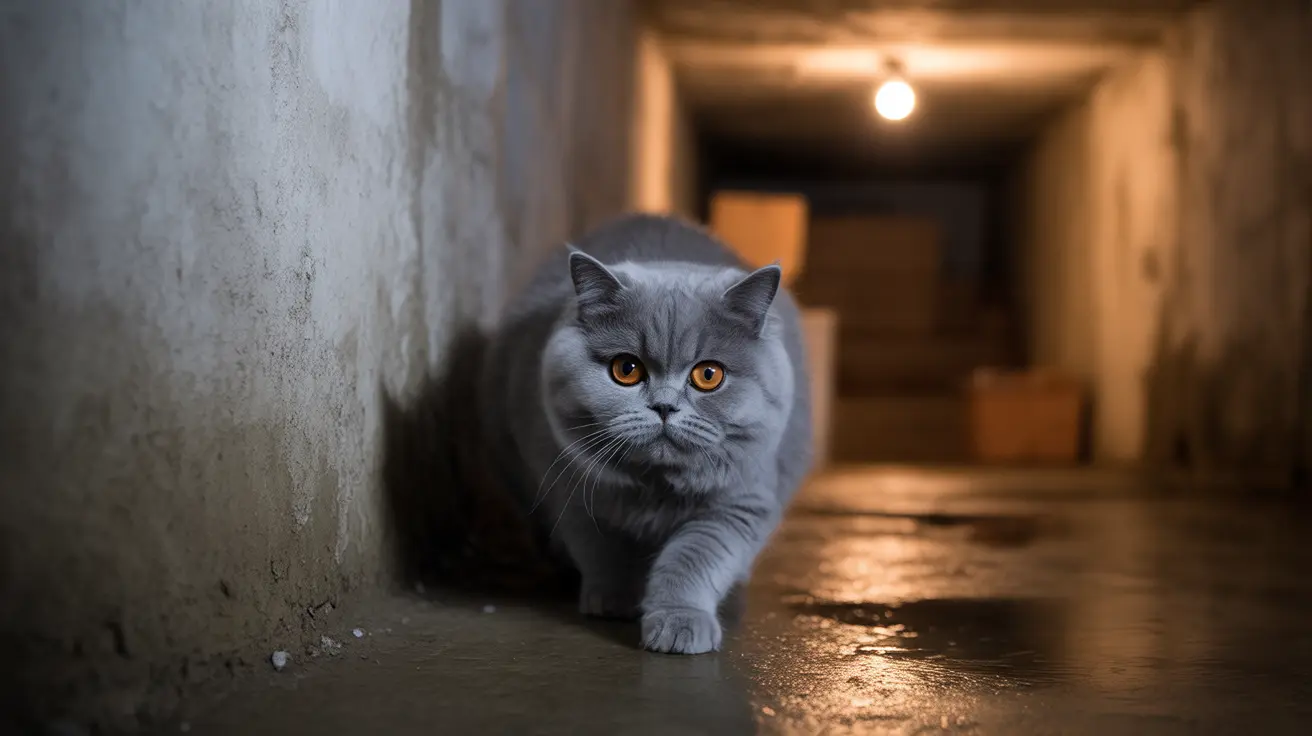Mold toxicity in cats is a serious health concern that can have devastating effects on our feline companions. When cats are exposed to toxic molds, particularly black mold, they can develop severe symptoms affecting their respiratory, neurological, and digestive systems. As a cat owner, understanding this condition is crucial for protecting your pet's health and ensuring prompt treatment when needed.
Indoor cats are especially vulnerable to mold exposure, as they spend most of their time in enclosed spaces where mold can thrive. Whether through inhalation of spores or ingestion of contaminated materials, mold exposure can lead to both acute and chronic health issues that require immediate veterinary attention.
Common Sources of Mold Exposure in Cats
Cats typically encounter toxic mold in several household locations. Damp basements, poorly ventilated bathrooms, and areas with water damage are primary breeding grounds for dangerous molds. Common exposure sources include:
- Wet building materials (drywall, wood, carpet)
- Contaminated pet food or water bowls
- Damp bedding or toys
- Air conditioning units and humidifiers
- Window sills with condensation
Recognizing the Signs of Mold Toxicity
Respiratory Symptoms
The most immediate and noticeable signs of mold exposure often affect the respiratory system. Watch for:
- Persistent coughing or wheezing
- Difficulty breathing
- Nasal discharge
- Rapid breathing
- Shortness of breath
Digestive and Systemic Issues
When cats ingest mold or its toxins, they may experience:
- Vomiting and diarrhea
- Loss of appetite
- Excessive drooling
- Lethargy and weakness
- Dehydration
Neurological Symptoms
Severe mold toxicity can affect the nervous system, causing:
- Tremors or seizures
- Disorientation
- Changes in behavior
- Depression or anxiety
- Difficulty walking
Treatment and Recovery
Treatment for mold toxicity in cats requires a comprehensive approach:
- Immediate removal from the contaminated environment
- Supportive care, including IV fluids if needed
- Oxygen therapy for respiratory distress
- Medication for specific symptoms
- Antifungal treatments when appropriate
The prognosis depends largely on how quickly the condition is identified and treated. Early intervention typically leads to better outcomes.
Prevention Strategies
Preventing mold exposure is far better than treating its effects. implement these protective measures:
- Control humidity levels in your home
- Fix water leaks promptly
- Ensure proper ventilation
- Regular cleaning and inspection of pet areas
- Store pet food properly in sealed containers
- Replace water-damaged materials immediately
Frequently Asked Questions
What are the common symptoms of mold toxicity in cats, and how can they be identified?
Common symptoms include respiratory issues (coughing, wheezing), digestive problems (vomiting, diarrhea), and neurological signs (tremors, behavioral changes). Look for combinations of these symptoms, especially if you've noticed mold in your home.
How can I prevent mold exposure in my cat, and what household areas should I prioritize for cleaning?
Focus on moisture-prone areas like bathrooms, basements, and windows. Use dehumidifiers, fix leaks immediately, and ensure proper ventilation. Regular cleaning of pet areas and proper food storage are essential preventive measures.
What is the difference between mold allergy and toxic mold exposure in cats, and how are they treated?
Mold allergies typically cause mild respiratory and skin symptoms, while toxic mold exposure can lead to severe systemic illness. Allergies are treated with antihistamines and environmental control, while toxic exposure requires immediate veterinary intervention and removal from the contaminated environment.
Can mold toxicity in cats be fatal, and what are the signs that indicate severe exposure?
Yes, mold toxicity can be fatal if left untreated. Severe exposure signs include difficulty breathing, seizures, severe lethargy, bleeding from nose or mouth, and organ failure symptoms. These require emergency veterinary care.
How should I manage and treat mold exposure in my cat, including supportive care and environmental changes?
First, remove your cat from the contaminated environment. Seek immediate veterinary care for proper diagnosis and treatment. Clean and remediate any mold-affected areas before allowing your cat to return, and implement preventive measures to avoid future exposure.






